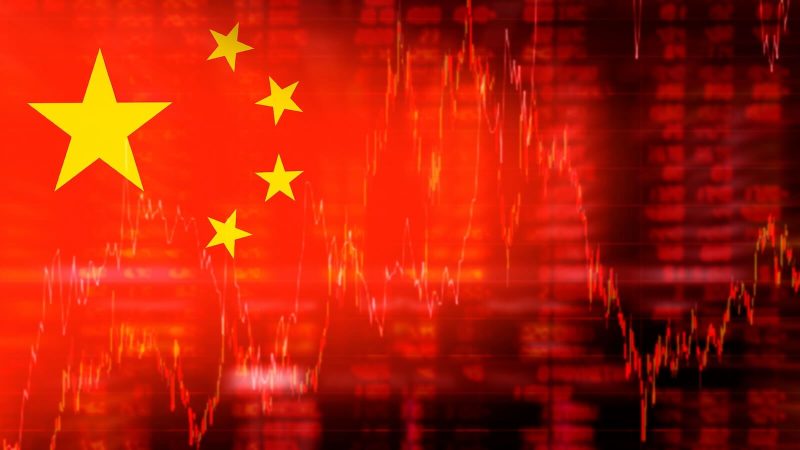China’s recent stimulus measures have sent shockwaves through the global economy, propelling stocks and commodities to new heights. The infusion of funds and support for key industries have ignited a surge in investor confidence and market activity. However, as the energy sector experiences a wave of new investments and projects, questions linger about the sustainability of this growth trajectory.
The energy market, in particular, is poised to witness significant changes and developments in the coming months. With investments pouring into renewable energy sources, such as solar and wind power, China is making strides towards a greener future. This shift towards cleaner energy alternatives not only aligns with global sustainability goals but also presents lucrative opportunities for investors and businesses alike.
On the commodity front, the effects of China’s stimulus package are reverberating across various sectors. Prices of key commodities, such as copper and iron ore, have surged as demand from China remains strong. The boost in infrastructure spending and construction projects has fueled this demand, driving up prices and creating a bullish market sentiment.
While the immediate impact of China’s stimulus measures is evident in the soaring stock market and commodity prices, concerns loom over the long-term implications. The influx of funds into the economy could potentially lead to inflationary pressures and asset bubbles. Moreover, the sustainability of this growth spurt relies heavily on the effective implementation of policies and the ability to navigate potential risks and challenges.
As investors and market participants navigate this new landscape shaped by China’s stimulus efforts, a cautious approach is warranted. Keeping a close eye on market dynamics, policy shifts, and global economic trends will be crucial in making informed investment decisions. The coming months will likely present a mix of opportunities and challenges for stakeholders in the energy and commodity markets, highlighting the need for strategic planning and risk management.


